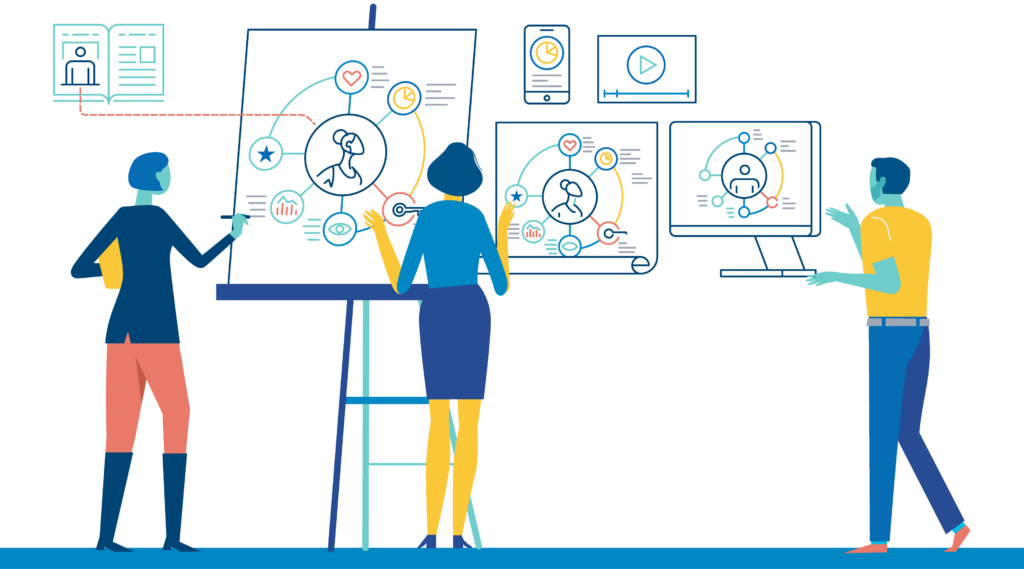Fight confusion with visual storytelling
There’s no end to the many things that can get in the way of success. And when it comes to effective communication, there are several flavors of confusion that are sure success killers:
- Too much complexity
- Too little time
- Constant change
Many things are necessarily complex. They wouldn’t work if they weren’t. A car is complex and can do things bikes can’t. And a bike is complex compared to a pair of sandals—but all help you get around. Complexity isn’t bad. Too much information is.
Everyone feels busier than ever these days, although I think people have always been busy and it’s the pace that’s changed. The trick is understanding what’s really important so people can act and get things done rather than feel overwhelmed.
And there are always going to be new ideas and ways of doing things. It’s change that generates complexity and steals our time, creating endless opportunities for miscommunication and misunderstanding.
All of this leads to confusion, which slows you down. But visual storytelling fights that confusion. Visual storytelling helps you:
- Define (make things clear)
- Distill (make things concise)
- Depict (make things concrete)
When you visually define goals or a solution, for example, you create clarity that leads to better understanding.
When you visually distill something complicated, you reduce complexity and create better understanding.
When you visually depict a new idea, you remove the ambiguity of language and enable better understanding.
Visual storytelling brings the big picture to everyone. Of course there’s always more to the story—some people will need to read the full business plan, or process improvement documentation, or product specifications. But with visual storytelling everyone can know what’s going on in a clear, quick way.
Faster, better awareness –> Faster, better understanding –> Faster, better results.
That’s the power of visual storytelling.
